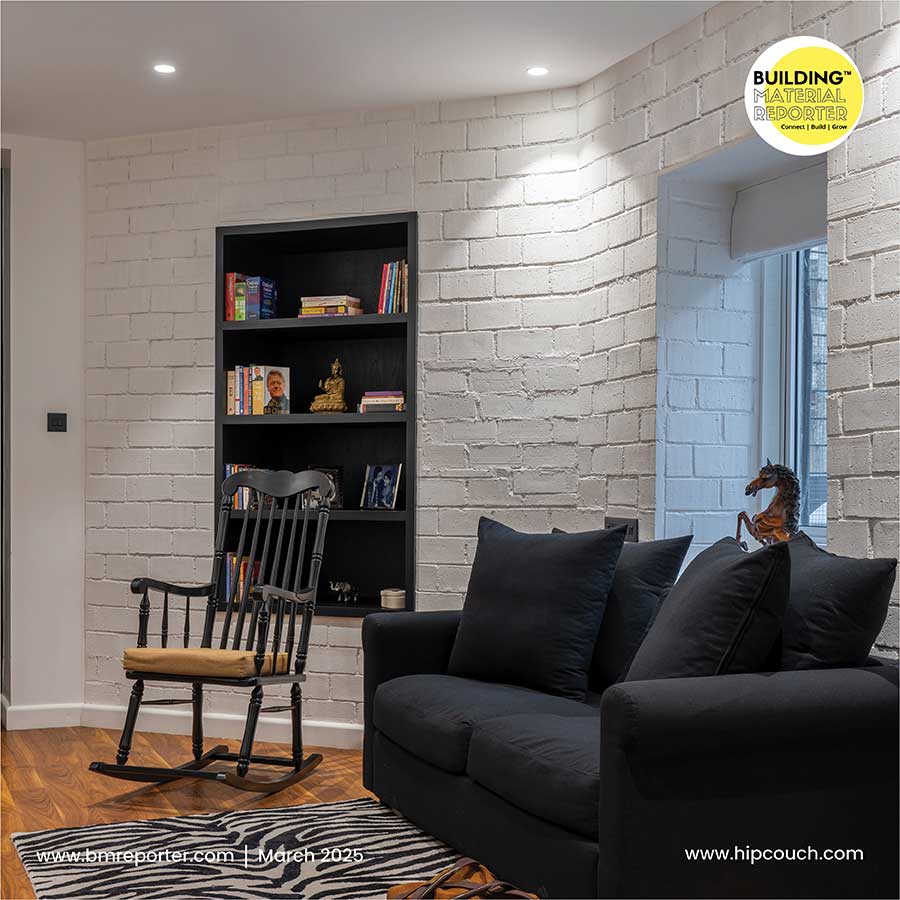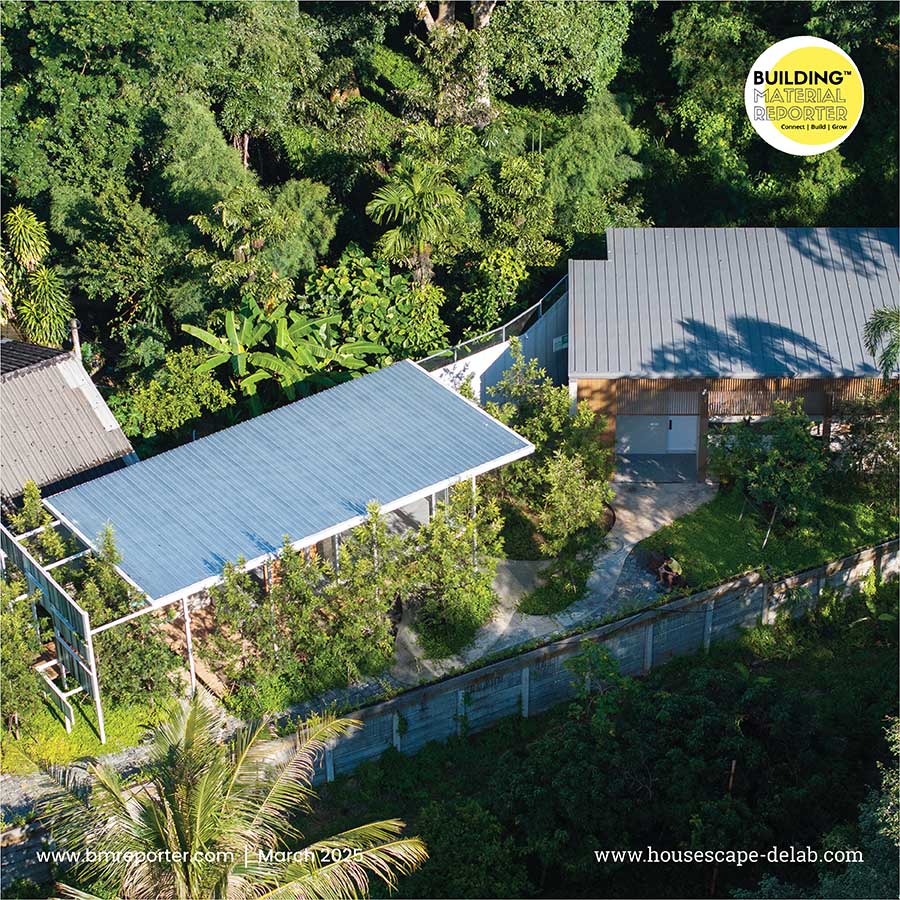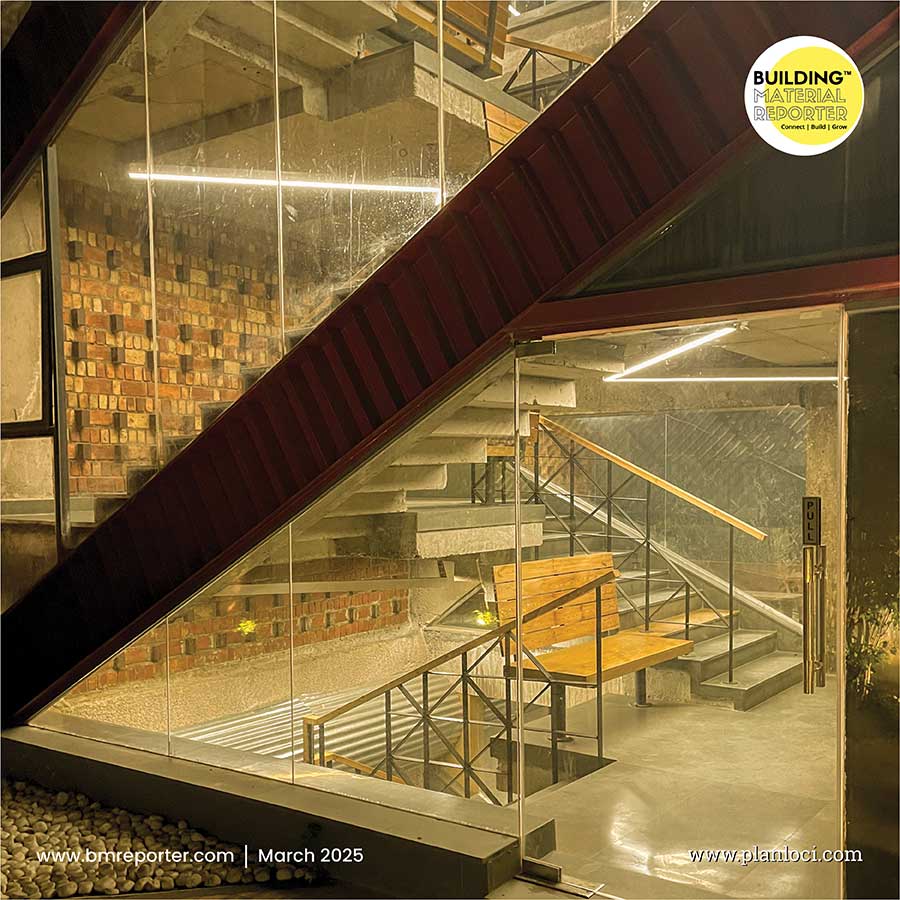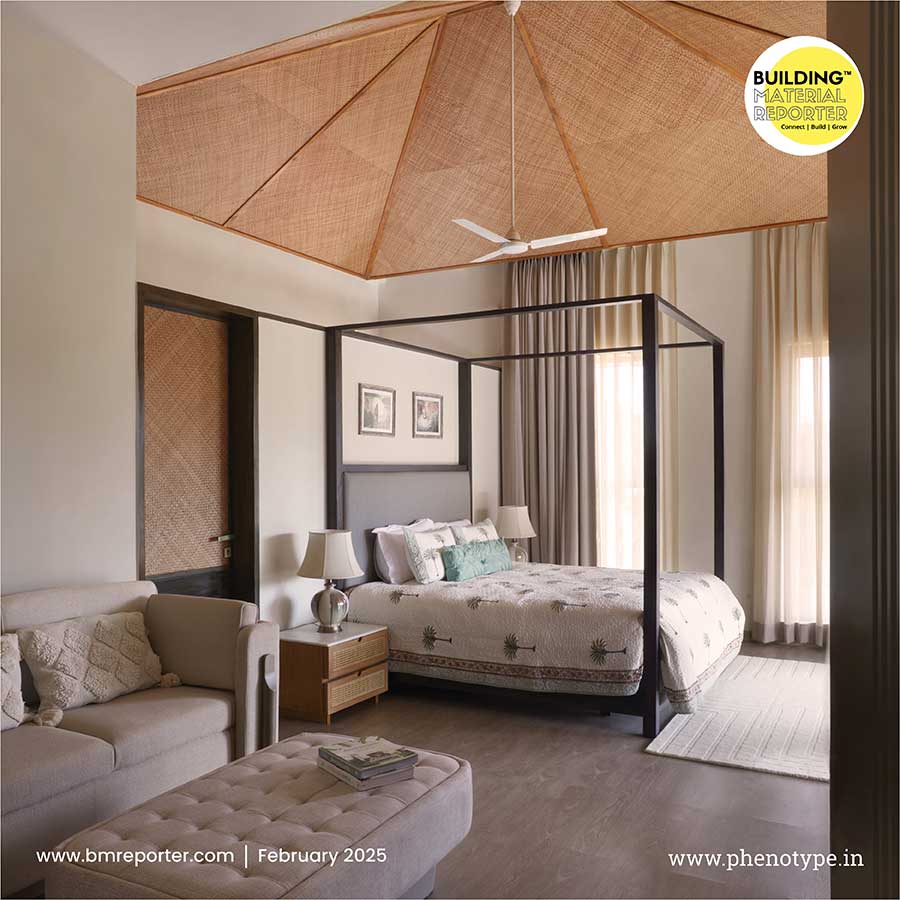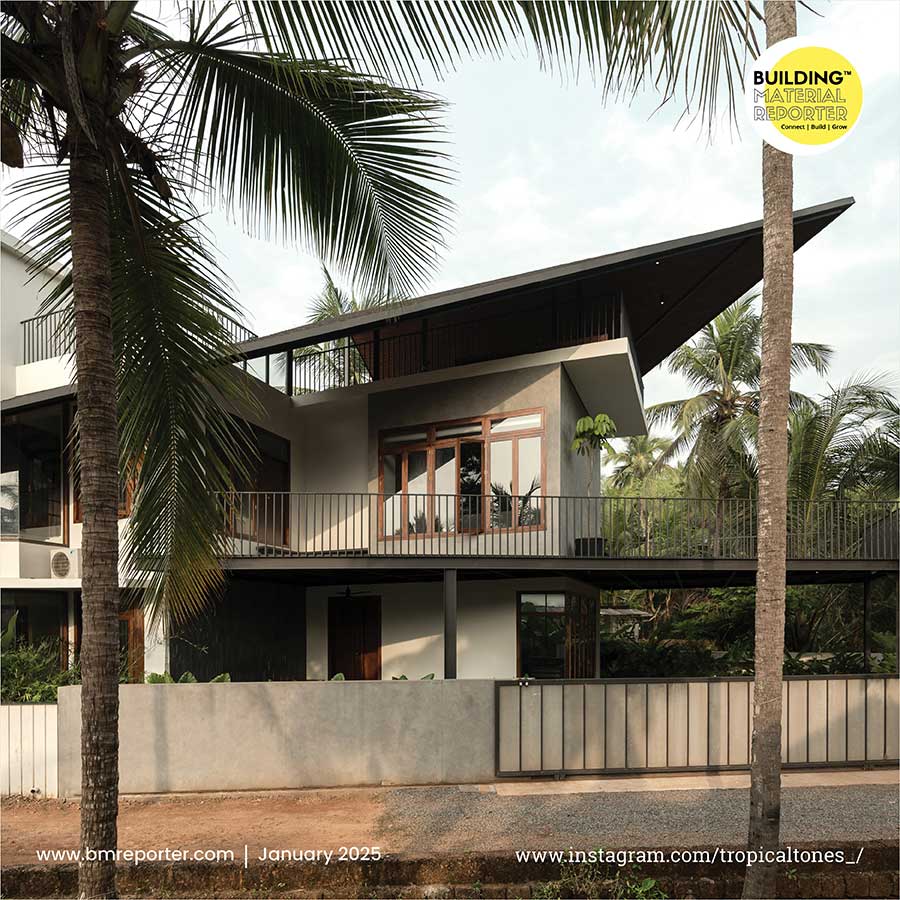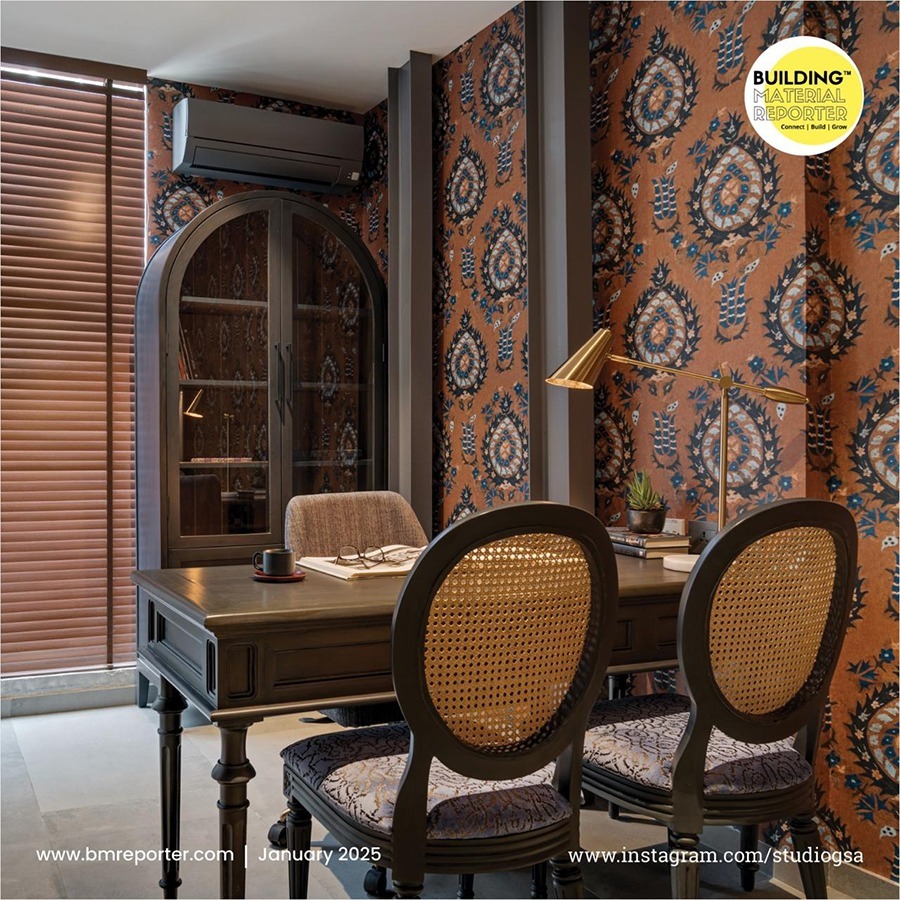Design for a Coastal Legacy: National Institute of Water Sports
- July 8, 2024
- By: Priyanshi Shah
- INFLUENCERS
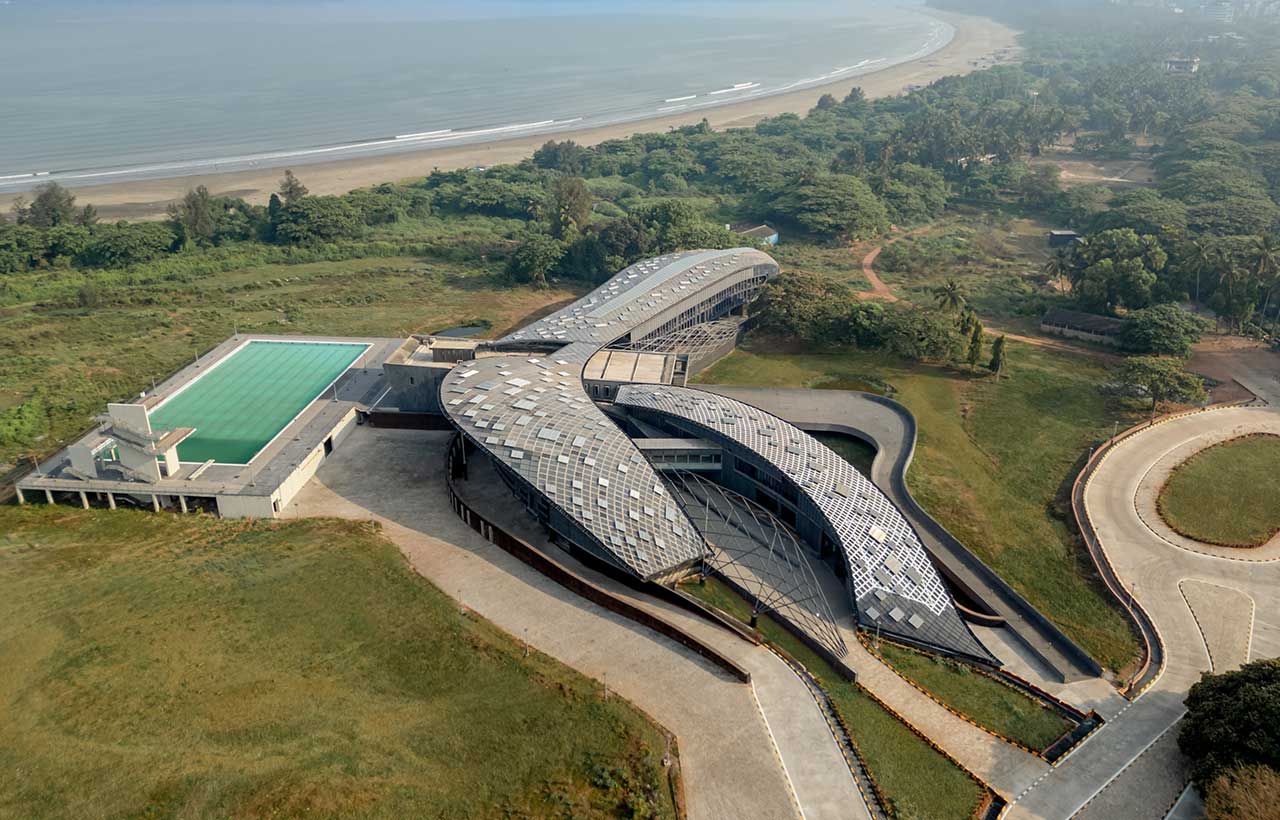 Public institutional architecture in India typically follows a pragmatic and understated approach. The design for the National Institute of Water Sports in Goa breaks this language of design. The state government launched an international competition with a dual purpose: to make a bold, iconic statement placing Goa on the global map and to elevate institutional architecture beyond mere functional pragmatism. Winning the competition, MOFA Studo used local materials on the ground level and a poetic expression of a floating roof to balance local ethos with a global approach.
Public institutional architecture in India typically follows a pragmatic and understated approach. The design for the National Institute of Water Sports in Goa breaks this language of design. The state government launched an international competition with a dual purpose: to make a bold, iconic statement placing Goa on the global map and to elevate institutional architecture beyond mere functional pragmatism. Winning the competition, MOFA Studo used local materials on the ground level and a poetic expression of a floating roof to balance local ethos with a global approach.
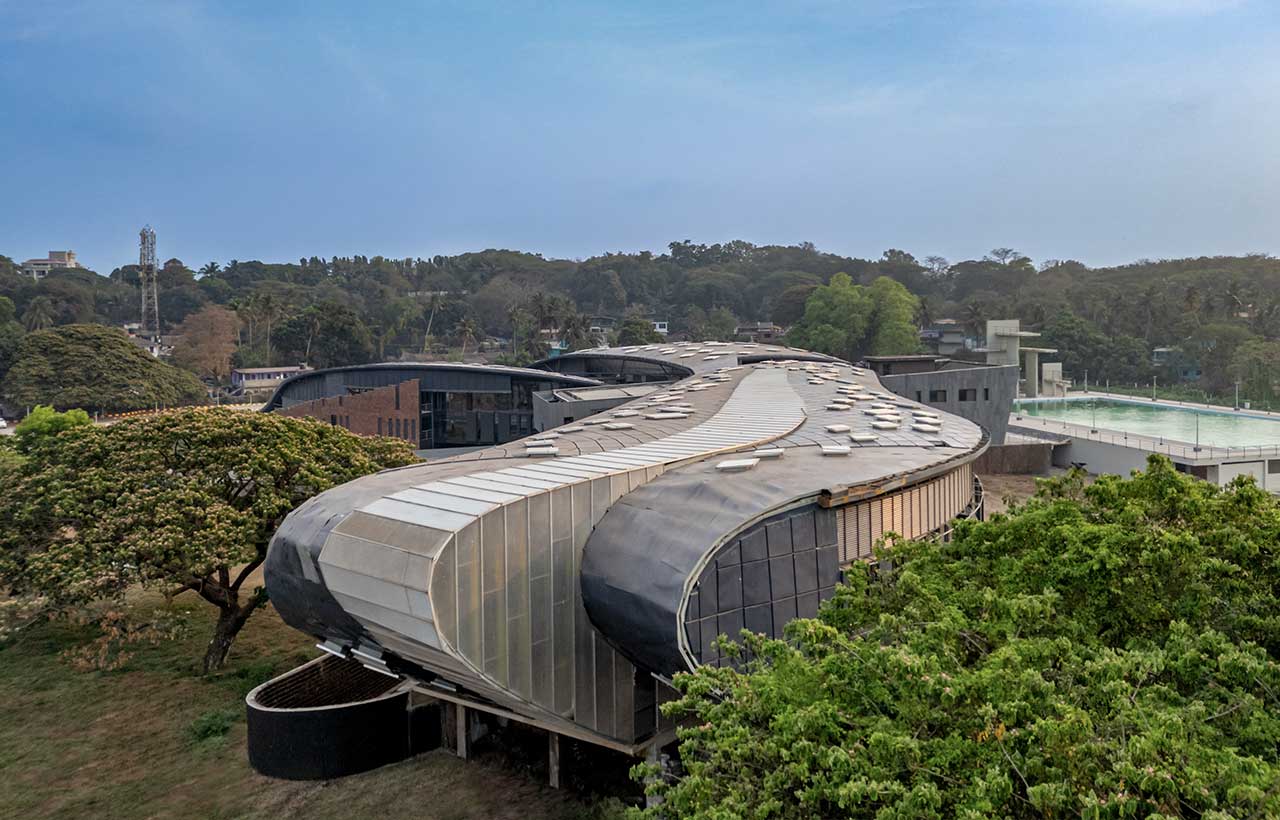
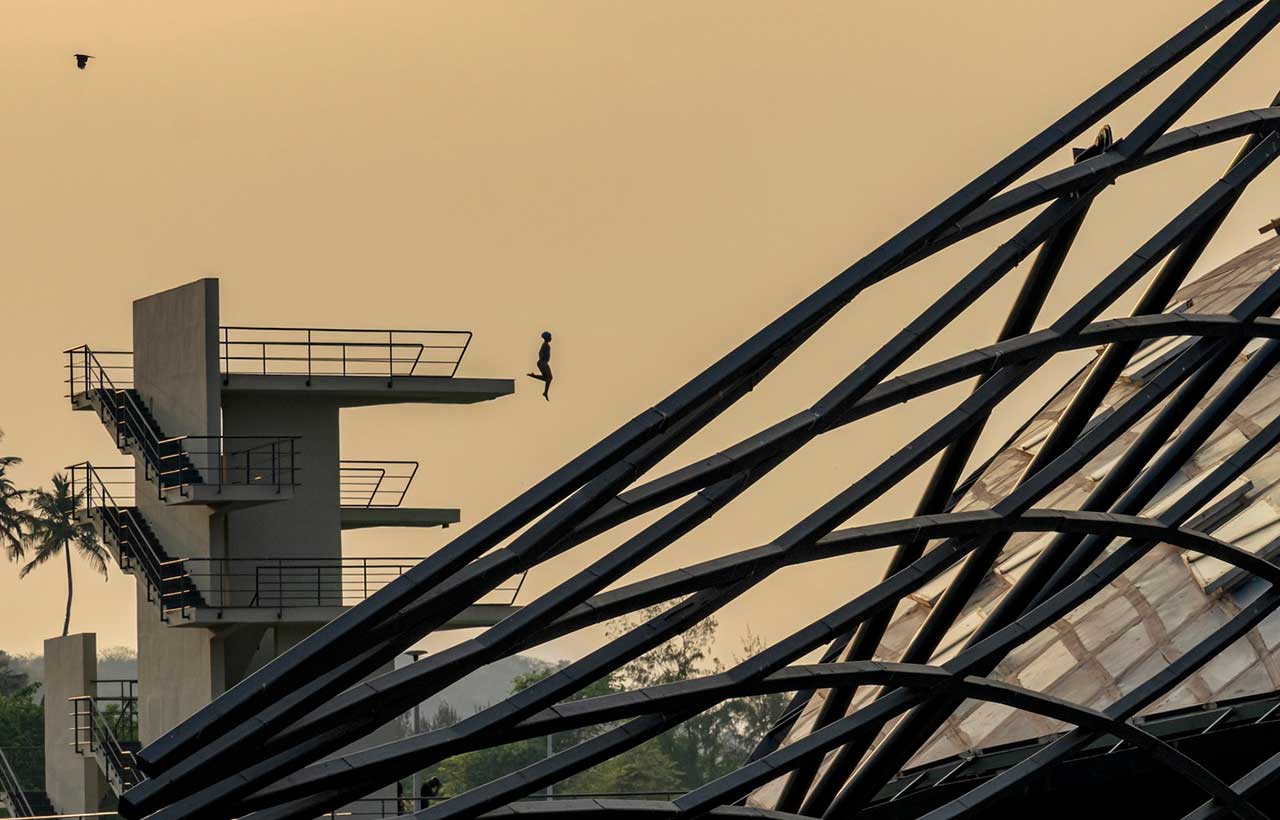 Goa, with 70% of its land along the coast, relies heavily on the sea for its economic growth. There is a local saying: ”In Goan blood, God mixed some sea salt too”. Apart from fishing and tourism being the key industries, marine tourism has also evolved as an independent stream over the years. Recognizing this unique relationship and the need for formalizing a systematic development in adventure sports and marine tourism, the government decided to establish the largest Water Sports Institute in Southeast Asia in Goa, also ironically, the smallest state of India.
Goa, with 70% of its land along the coast, relies heavily on the sea for its economic growth. There is a local saying: ”In Goan blood, God mixed some sea salt too”. Apart from fishing and tourism being the key industries, marine tourism has also evolved as an independent stream over the years. Recognizing this unique relationship and the need for formalizing a systematic development in adventure sports and marine tourism, the government decided to establish the largest Water Sports Institute in Southeast Asia in Goa, also ironically, the smallest state of India.
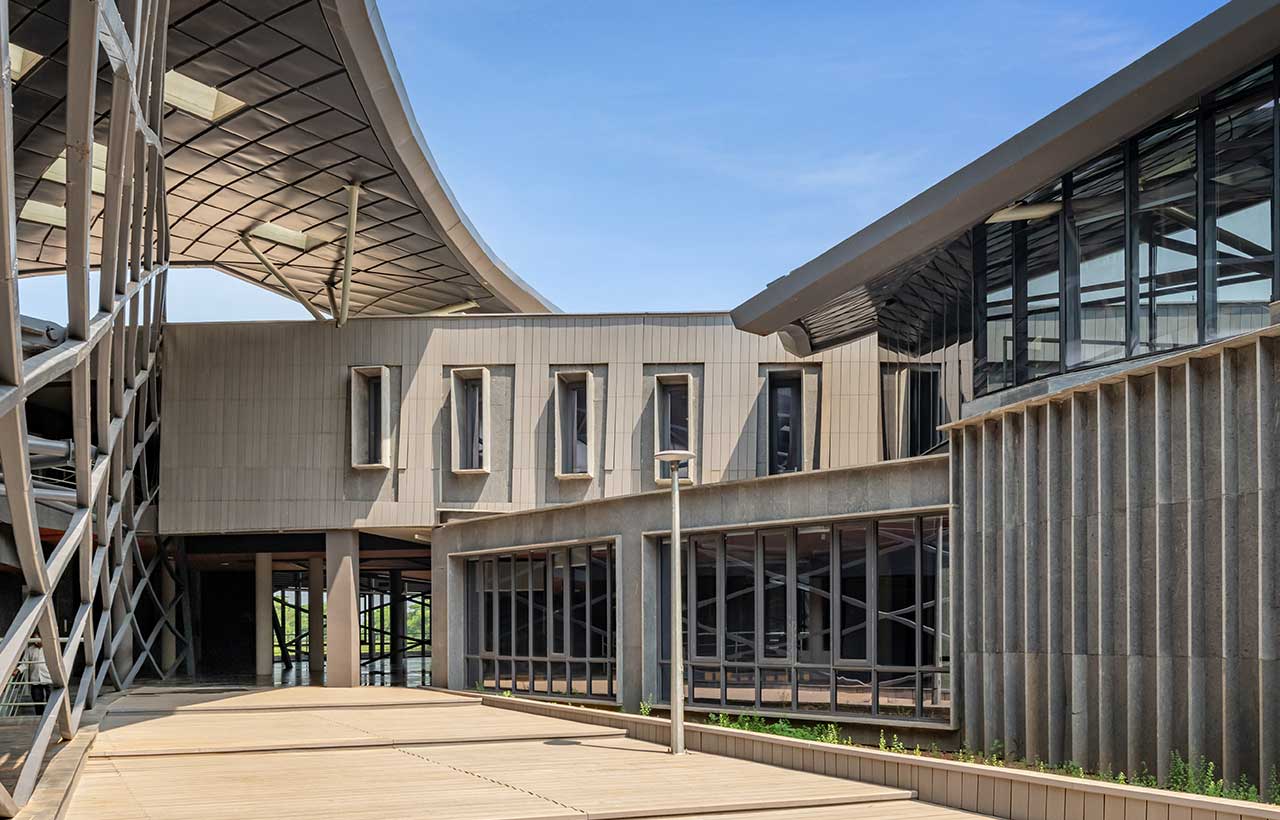 Commissioned through the competition as a winning entry, MOFA Studio aims for the expression that would integrate the cultural and economic importance of water sports into the educational fabric, ensuring that training and development for every local lifeguard to a tour operator in this field is state-of-the-art and globally competitive.
Commissioned through the competition as a winning entry, MOFA Studio aims for the expression that would integrate the cultural and economic importance of water sports into the educational fabric, ensuring that training and development for every local lifeguard to a tour operator in this field is state-of-the-art and globally competitive.
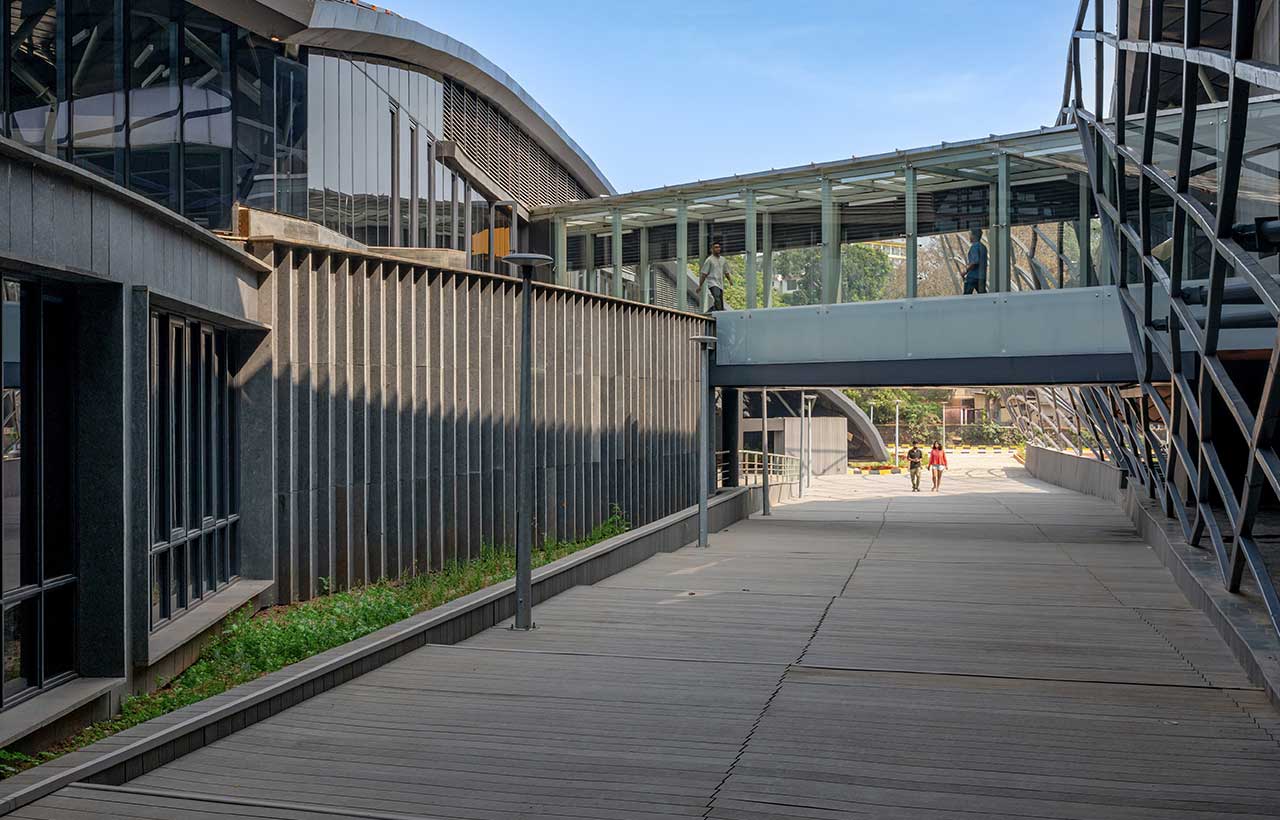
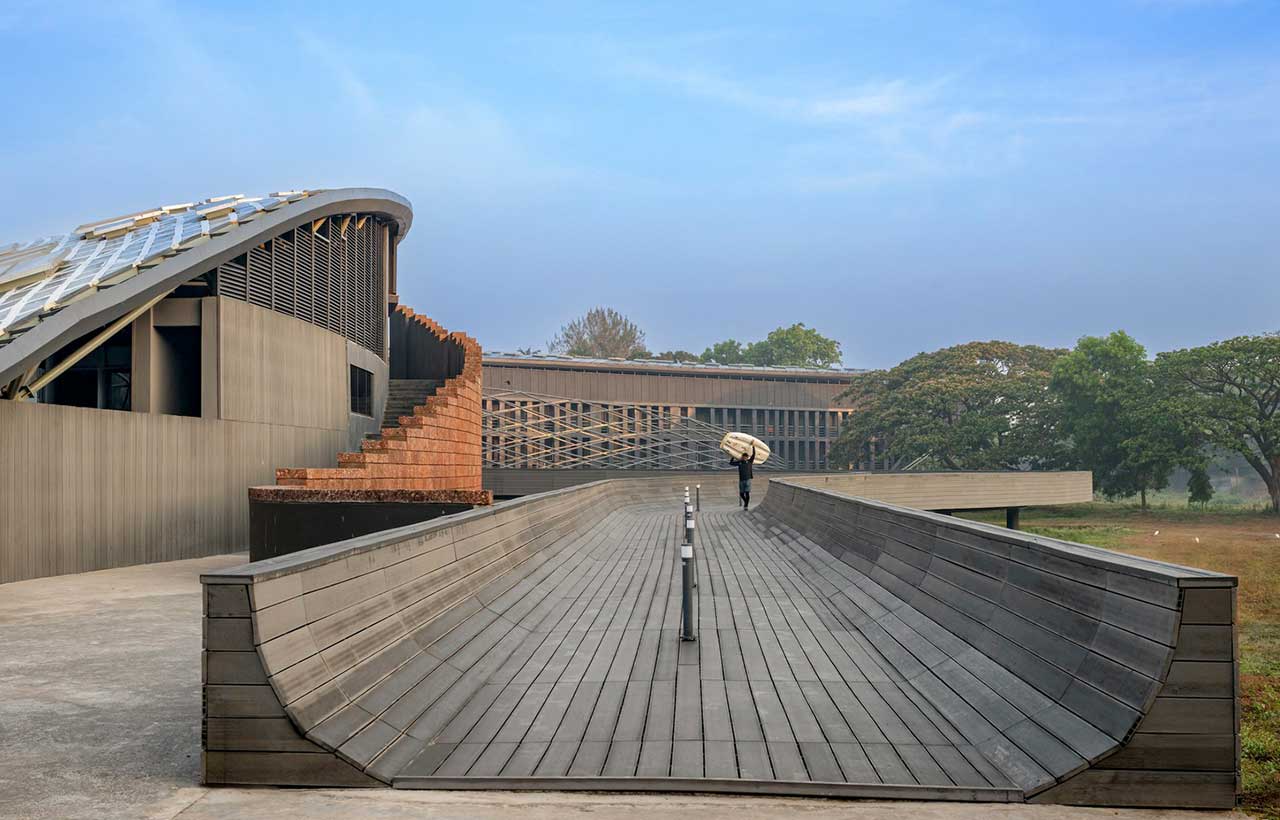 The institutional, administrative, residential and recreational functions retained their zones, the space between them would be rather fluid and continuous thereby creating these in-between sub-functions essential for those informal interactions between various groups of people, defined by their roles on the campus. The language connects the architecture to its broader context, of the sea and the Goan town that resides alongside it.
The institutional, administrative, residential and recreational functions retained their zones, the space between them would be rather fluid and continuous thereby creating these in-between sub-functions essential for those informal interactions between various groups of people, defined by their roles on the campus. The language connects the architecture to its broader context, of the sea and the Goan town that resides alongside it.
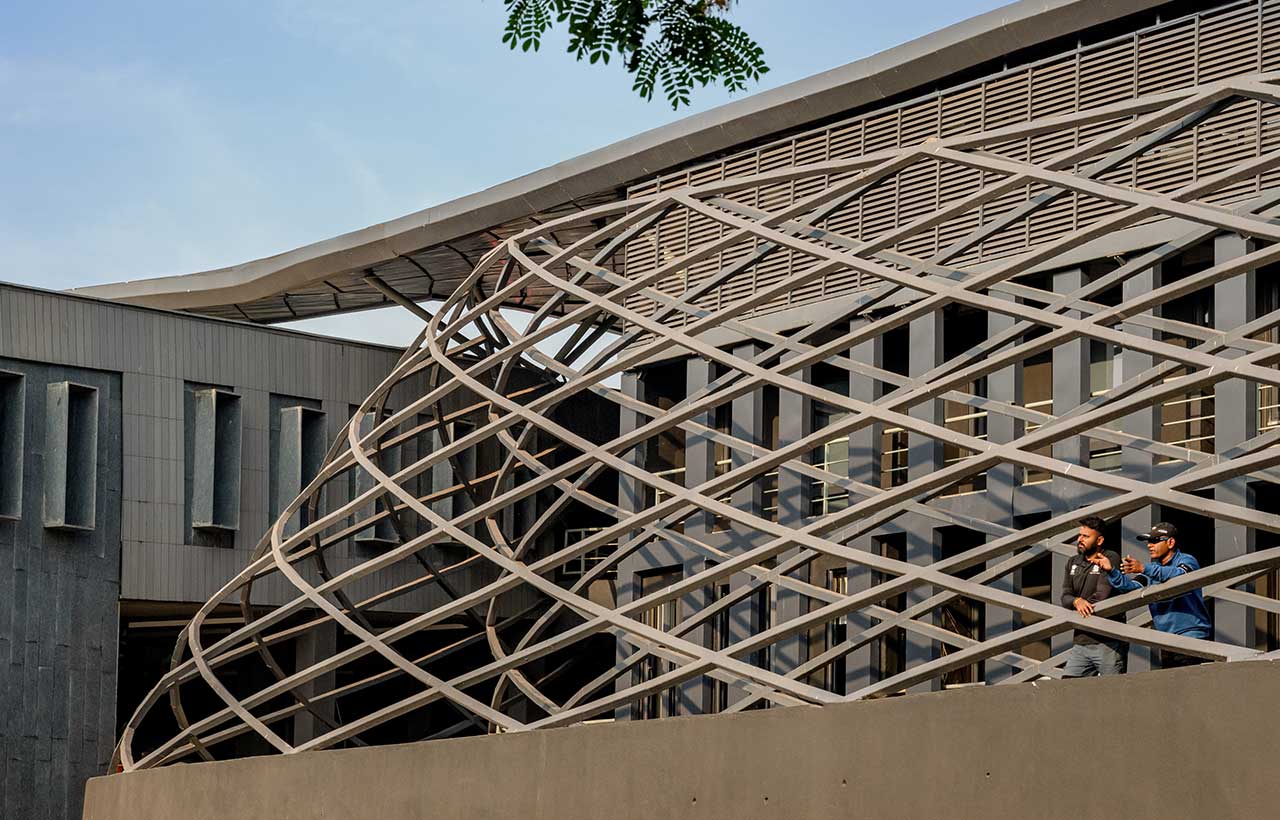 Resolved as a grid shell structure using trapezoidal panelling; the 4000 sq m. roof for NIWS drapes the entire complex like a free-flowing wave. It is designed as a lightweight structure with a pressure equalization system. Comprising of more than 15000 pipes of varying lengths, the structure is constructed in smaller part modules, large enough to be lifted & put in place manually. Over 5000 customized roof panels, each with a unique shape and size, were CNC cut and folded to fit together like a jigsaw puzzle over the large parametric wave roof. The assembly creates continuous gutters, ensuring unobstructed water flow and making it one of the most complex digitally fabricated roofs in India.
Resolved as a grid shell structure using trapezoidal panelling; the 4000 sq m. roof for NIWS drapes the entire complex like a free-flowing wave. It is designed as a lightweight structure with a pressure equalization system. Comprising of more than 15000 pipes of varying lengths, the structure is constructed in smaller part modules, large enough to be lifted & put in place manually. Over 5000 customized roof panels, each with a unique shape and size, were CNC cut and folded to fit together like a jigsaw puzzle over the large parametric wave roof. The assembly creates continuous gutters, ensuring unobstructed water flow and making it one of the most complex digitally fabricated roofs in India.
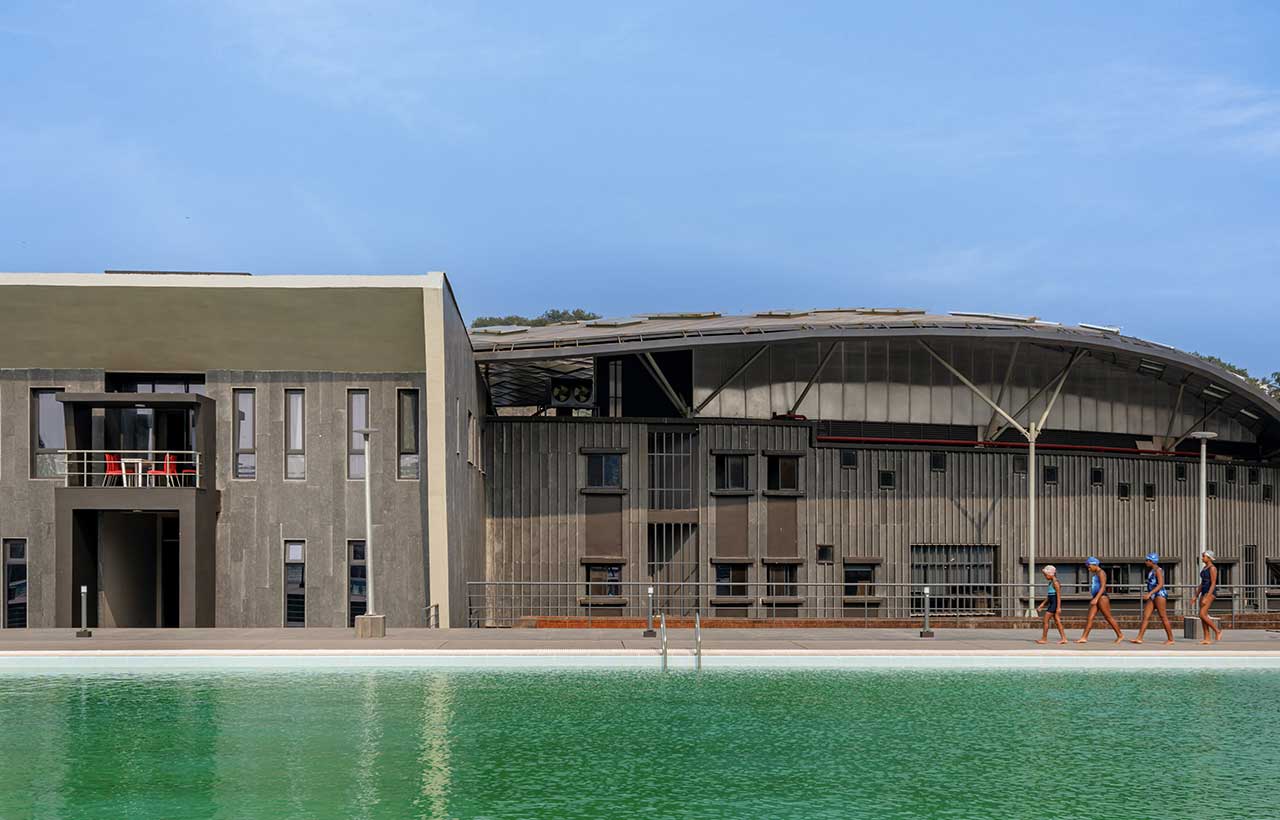 Adventure water sports is perceived as a leisure activity, on the other hand, institutes usually tend to box in formal functions from the informal. Here, the surfers, who find the thrill in the sea, to retain their attention within the classrooms temporarily disconnected from that rush, attempted to translate that adrenaline and the constant tension created between the forces of the sea and the surfers engulfed within them. It was important to create this fine balance between the practical day-to-day functionality and maintaining this constant dynamism.
Adventure water sports is perceived as a leisure activity, on the other hand, institutes usually tend to box in formal functions from the informal. Here, the surfers, who find the thrill in the sea, to retain their attention within the classrooms temporarily disconnected from that rush, attempted to translate that adrenaline and the constant tension created between the forces of the sea and the surfers engulfed within them. It was important to create this fine balance between the practical day-to-day functionality and maintaining this constant dynamism.
Building a project at this scale, with an expression that gives due importance to this kind of an institute, in extremely tight Government budgets, came with its plethora of challenges. The tight budgets and the lowest bid contract were two constraints that led to adopt a systematic approach. The building's constant motion is captured through the digital fabrication of the mega roof structure clad using colour-coated roofing sheets, allowing cost control in a government project with a limited budget.
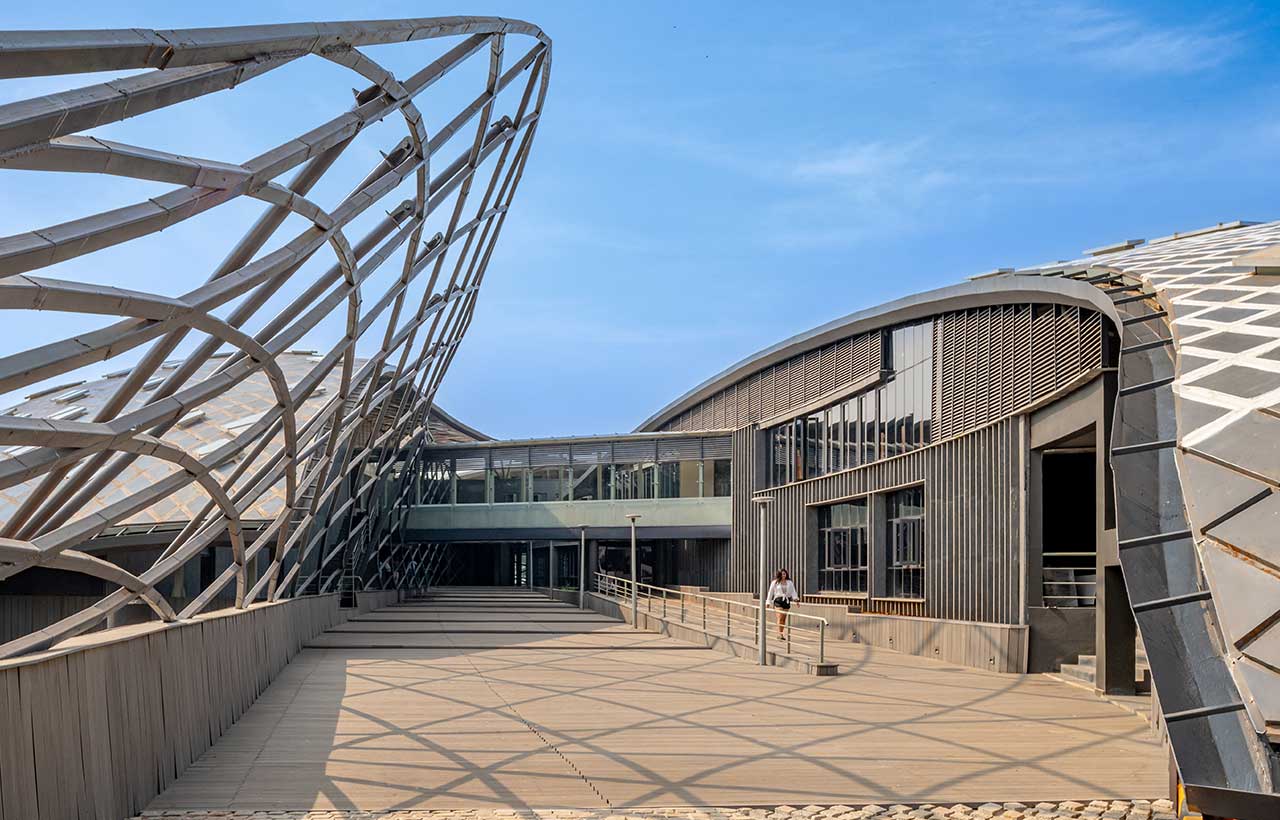
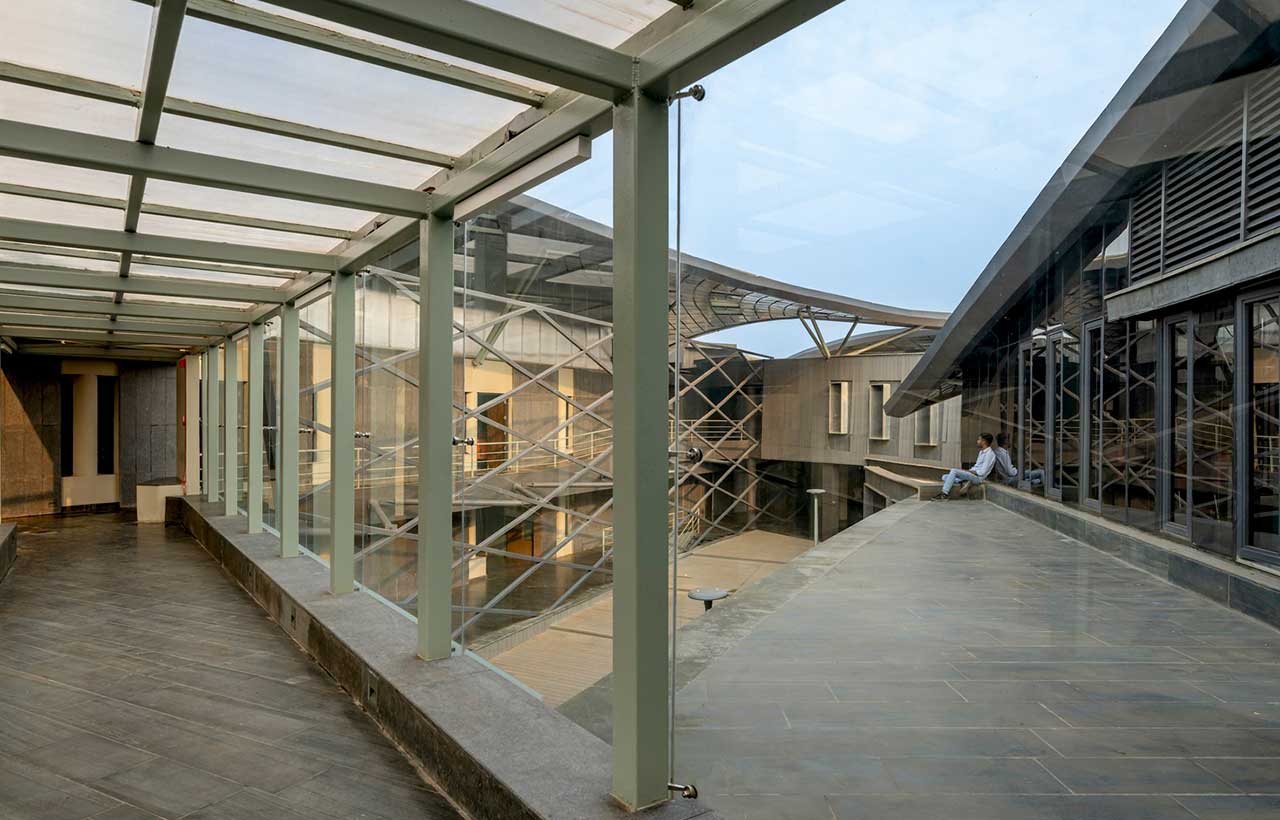 The walls, floor plates and roofs indulge in this fluid dialogue at various points that once rendered by the ever-changing play of light and shadows, create this tense, disruptive narrative for its users like a theatre where motion is a constant and the pause is a search. The architecture thus, becomes a conduit, ensuring it's not a static structure but a lively inspiration for adventurers gearing up for water sports.
The walls, floor plates and roofs indulge in this fluid dialogue at various points that once rendered by the ever-changing play of light and shadows, create this tense, disruptive narrative for its users like a theatre where motion is a constant and the pause is a search. The architecture thus, becomes a conduit, ensuring it's not a static structure but a lively inspiration for adventurers gearing up for water sports.
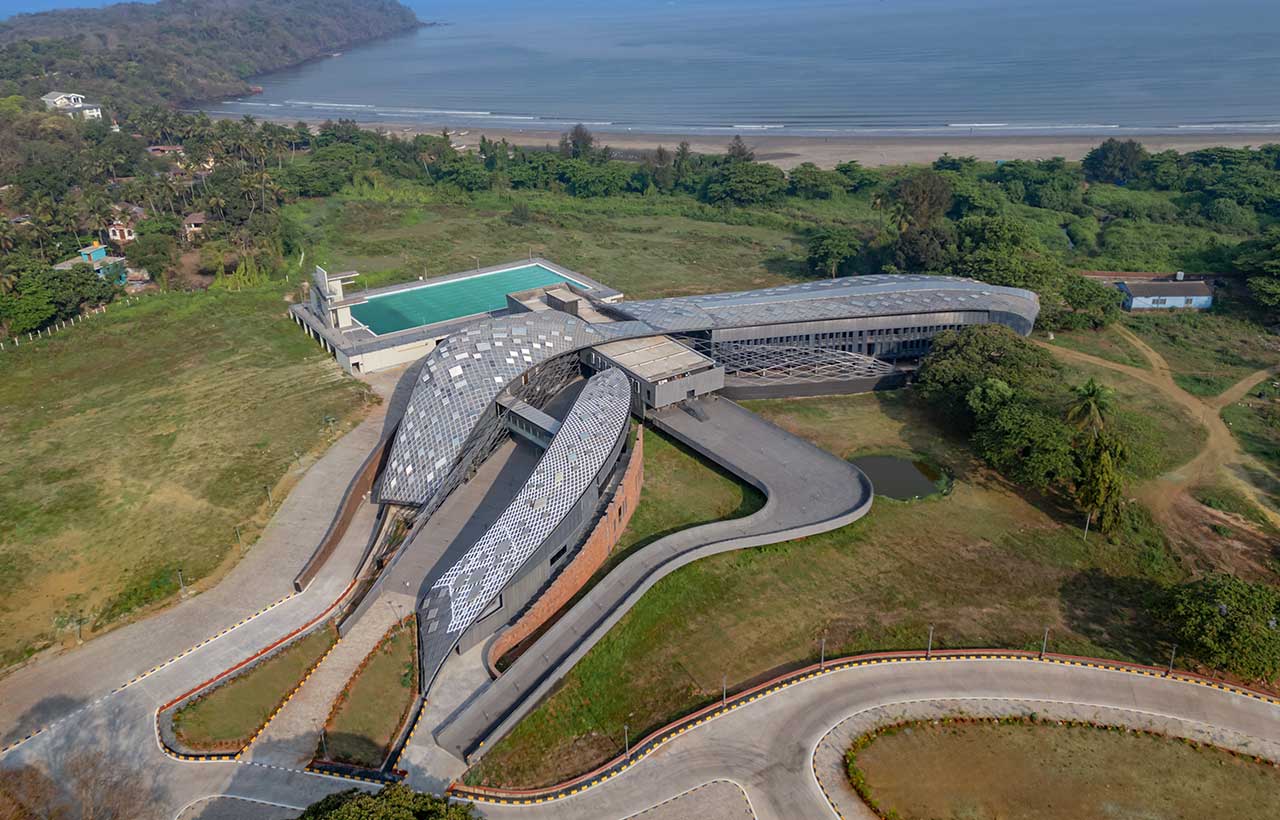 The architecture for NIWS is inspired by the dynamic nature of the sea. It erupts, rises and folds into a series of trochoidal waves ready to engulf everything that comes its way. Viewed from above, it appears like a mythical creature born from the adjoining Arabian Sea, mimicking its nature. While, from the ground, within its spaces, it appears to be in constant motion with its shifting perspectives. The eye doesn’t rest at a single point, with its multiple points of view and continuous movement spine, the architecture intends to blur the perceptible notions of its elements.
The architecture for NIWS is inspired by the dynamic nature of the sea. It erupts, rises and folds into a series of trochoidal waves ready to engulf everything that comes its way. Viewed from above, it appears like a mythical creature born from the adjoining Arabian Sea, mimicking its nature. While, from the ground, within its spaces, it appears to be in constant motion with its shifting perspectives. The eye doesn’t rest at a single point, with its multiple points of view and continuous movement spine, the architecture intends to blur the perceptible notions of its elements.
 Stay updated on the latest news and insights in home decor, design, architecture, and construction materials with Building Material Reporter.
Stay updated on the latest news and insights in home decor, design, architecture, and construction materials with Building Material Reporter.
Fact File
Firm Name: MOFA Studio
Project Name: National Institute of Water Sports, Goa
Project Location: Panjim, Goa
Built-Up Area: 12075 sqm
Lead Designer: Ar. Manish Gulati
Design Credits: Abhishek Sorampuri, Anuj Mittal, Saurabh Singla, Aakanksha Hajela, Tanushree Verma, Sonakshi Madan


